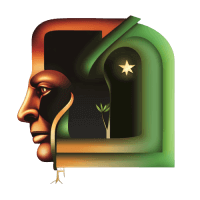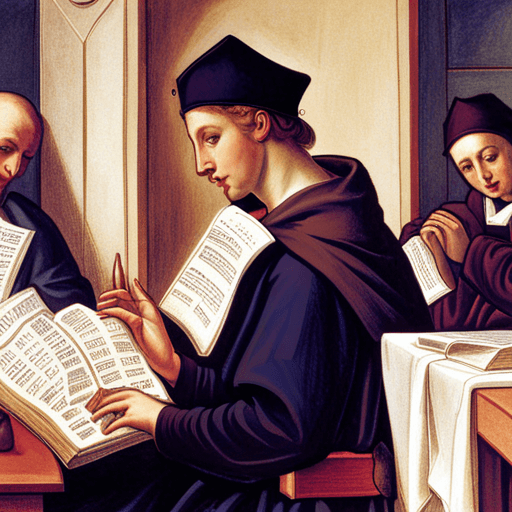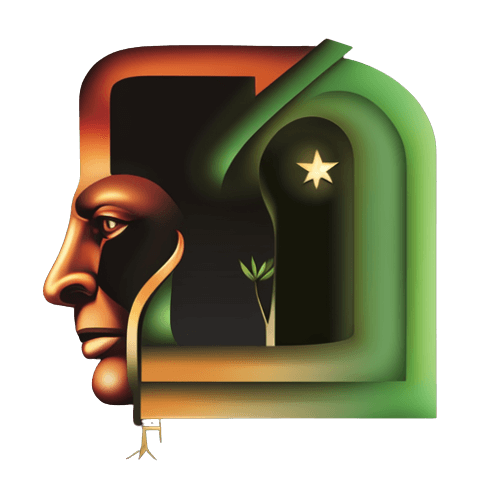Picture this: you’re listening to a piece of contemporary music, maybe it’s ambient, maybe it’s electronica, even metal. Suddenly, you notice a familiar thread weaving through the soundscape – the echo of ancient voices. That’s right, we’re talking about Gregorian Chants. This style of music, once confined to the stone walls of monasteries, has somehow found its way into the rhythm of our modern lives. But how, you ask? Buckle up, friends, as we embark on a fascinating journey through time, exploring the influence of Gregorian Chants on modern music.
Table of Contents
The Essence of Gregorian Chants
First things first, let’s understand what Gregorian Chants are. Named after Pope Gregory I, they represent one of the earliest forms of written music. Comprising simple, flowing melodies sung in Latin by monks, they were traditionally used in Christian liturgical ceremonies. The chants have a certain mystic charm, a tranquil quality that can transport you to a time of quiet contemplation.
Gregorian Chants and Modern Genres
Now, let’s move to the crux of the matter – how have these ancient chants influenced modern music genres? Let’s delve into a few examples.
Chillout and Ambient Music
Chillout and Ambient music are genres known for their soothing, atmospheric sounds. They often use Gregorian Chants to create a sense of calm and tranquility. The chants’ ethereal quality enhances the listener’s experience, adding depth and richness to the music.
Pop and Rock
Surprisingly, even pop and rock genres have not remained untouched by Gregorian influence. Artists like Sting and Madonna have incorporated elements of Gregorian Chant into their songs to create a unique, layered sound that stands out.
Metal
Yes, even the high-energy world of metal music has embraced the serene notes of Gregorian Chants. Bands like Epica and Ghost have used them to create a contrast with the heavy guitars and pounding drums, resulting in a unique blend of the ancient and the modern.
The Universal Appeal of Gregorian Chants
The question arises: why have these chants, steeped in religious tradition and ancient history, resonated so deeply with modern music creators? The answer lies in their simplicity and universality. The flowing melodies of Gregorian Chants transcend language and time, touching listeners on a deeply emotional level. They bring a sense of spirituality, tranquility, and introspection that contrasts with our fast-paced, often chaotic modern world.
Conclusion
The influence of Gregorian Chants on modern music is a testament to the enduring power of these ancient melodies. It’s a fascinating example of how music, much like a time traveler, can transcend centuries and cultures, weaving a common thread through disparate genres. So, next time you listen to your favorite tunes, pay close attention. You might just hear the echo of a thousand-year-old chant!
FAQs
1. Can I learn Gregorian Chanting?
Absolutely! Many resources, online and offline, can help you learn the art of Gregorian chanting. However, remember that it requires practice and patience, just like learning any new musical skill.
Are Gregorian Chants still used in religious ceremonies today?
Yes, Gregorian Chants continue to be performed in religious ceremonies, particularly within the Catholic Church. Their timeless beauty and sacred nature make them a fitting accompaniment to traditional liturgical practices.
4. Can I incorporate Gregorian Chants into my own music?
Absolutely! Many contemporary artists have embraced the use of Gregorian Chants in their compositions. Whether you’re a songwriter, composer, or producer, experimenting with the incorporation of these ancient melodies can add a unique and evocative element to your work.
5. Are there any modern artists known for their extensive use of Gregorian Chants?
Yes, several artists have become known for their masterful integration of Gregorian Chants into their music. Enigma, a musical project by Michael Cretu, gained popularity in the 1990s for their fusion of Gregorian chants with electronic beats. Their groundbreaking album “MCMXC a.D.” showcased the seamless blending of ancient and modern musical elements.
Remember
The influence of Gregorian Chants on modern music is a testament to the power of music itself. It shows how melodies originating from medieval monasteries can find their place in contemporary compositions, bridging gaps of time and cultural differences. So, keep your ears open, explore the diverse genres of music, and appreciate the remarkable interplay between past and present.




